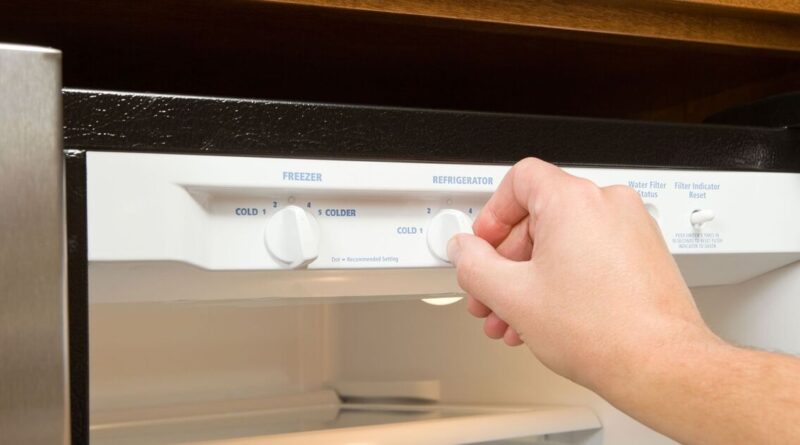Your fridge will preserve food longer and cost less if kept at this temperature
As energy bills soar and millions of UK households continue to struggle financially, experts are highlighting simple but effective ways to cut costs at home, and your fridge might be the perfect place to start. According to Ryan Adams, a kitchen appliance expert at Miele and director of Ati Harrogate, setting your fridge to the right temperature can save you money in the long term.
“Setting your fridge to the optimal temperature range of 3-5°C strikes the perfect balance between preserving food safety and reducing energy consumption. Temperatures below this range waste energy unnecessarily, while higher temperatures risk affecting food freshness and safety.
“Lessen how often and how long the door is left open, as frequent temperature fluctuations force the fridge to use more energy to stabilise.”
This small change could lead to meaningful savings, particularly as fridges can cost up to £149 a year to run. Adams explained that temperatures lower than this range waste electricity, while higher temperatures put food freshness and safety at risk.
He also pointed out that fridge efficiency is not just about settings, but also about habits.
Overloading the fridge can hinder airflow and make the appliance work harder, while keeping it mostly empty isn’t ideal either. A fridge that is about two-thirds full tends to maintain its temperature better, which helps reduce energy use.
In addition, the type of food containers you use matters.
Adams recommends switching from plastic to glass containers, as glass retains cold better and helps the fridge operate more efficiently. He also warns against placing hot food directly into the fridge, since it increases the internal temperature and puts extra strain on the compressor.
Similarly, uncovered food and liquids can raise humidity inside the appliance, which forces it to work harder.
The placement of your fridge in the kitchen can also impact its energy use. Situating it near heat sources like ovens or radiators, or not allowing for adequate ventilation space around it, can make the appliance less efficient.
Adams advises keeping at least five centimetres of space around the fridge so it can release heat properly.
For those with older models, upgrading to an energy-efficient refrigerator could lead to significant long-term savings.
Adams noted that some modern fridges can reduce lifetime energy costs by as much as £1,568, especially when compared to older models that might now cost twice as much to run.
Many modern fridges also come with power-saving features such as vacation or eco modes, which can help reduce consumption when the fridge isn’t being used as heavily. And finally, routine maintenance is essential, keeping the condenser coils clean and ensuring that the door seals are in good condition can help keep energy use in check.
As households across the UK look for ways to manage rising living costs, adjusting the way they use and maintain everyday appliances like fridges could provide a much-needed financial break.
Keeping a close eye on fridge temperature, usage habits, and overall efficiency could not only lower energy bills but also extend the life of the appliance and keep food fresher for longer.





